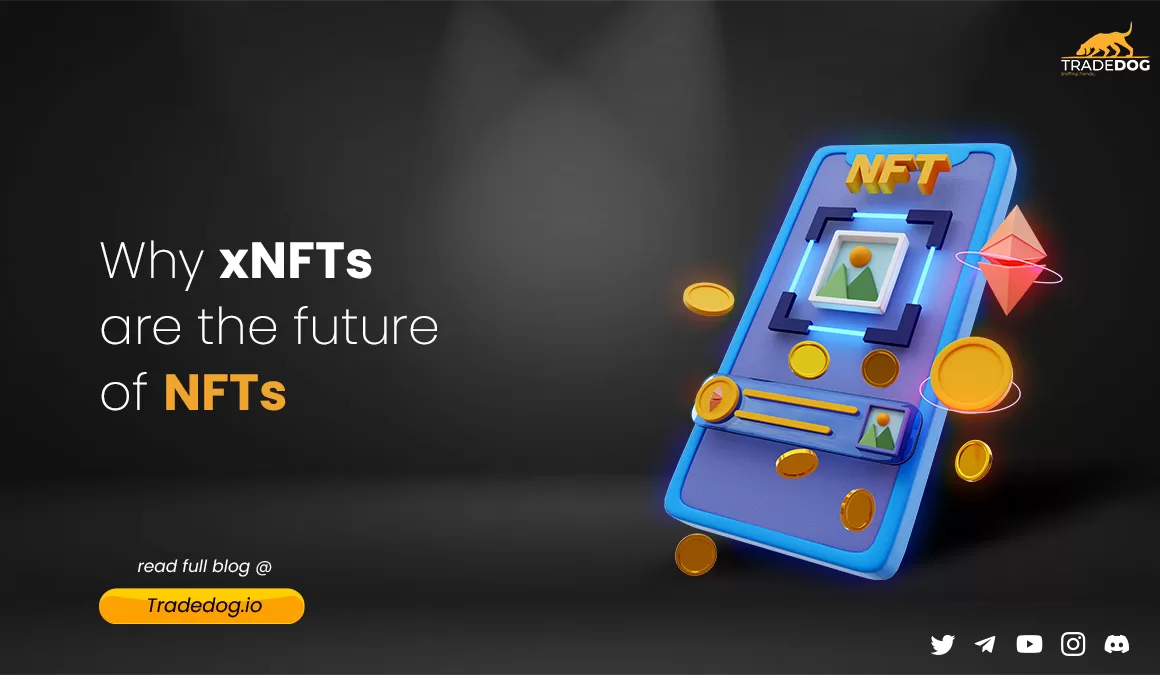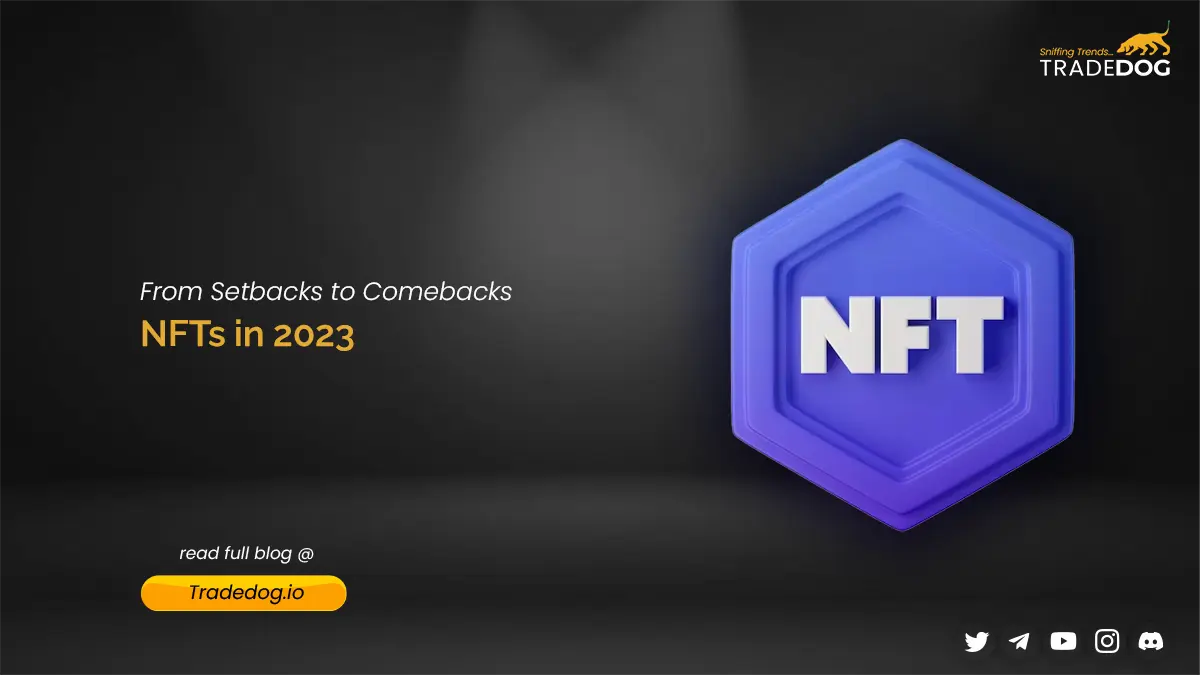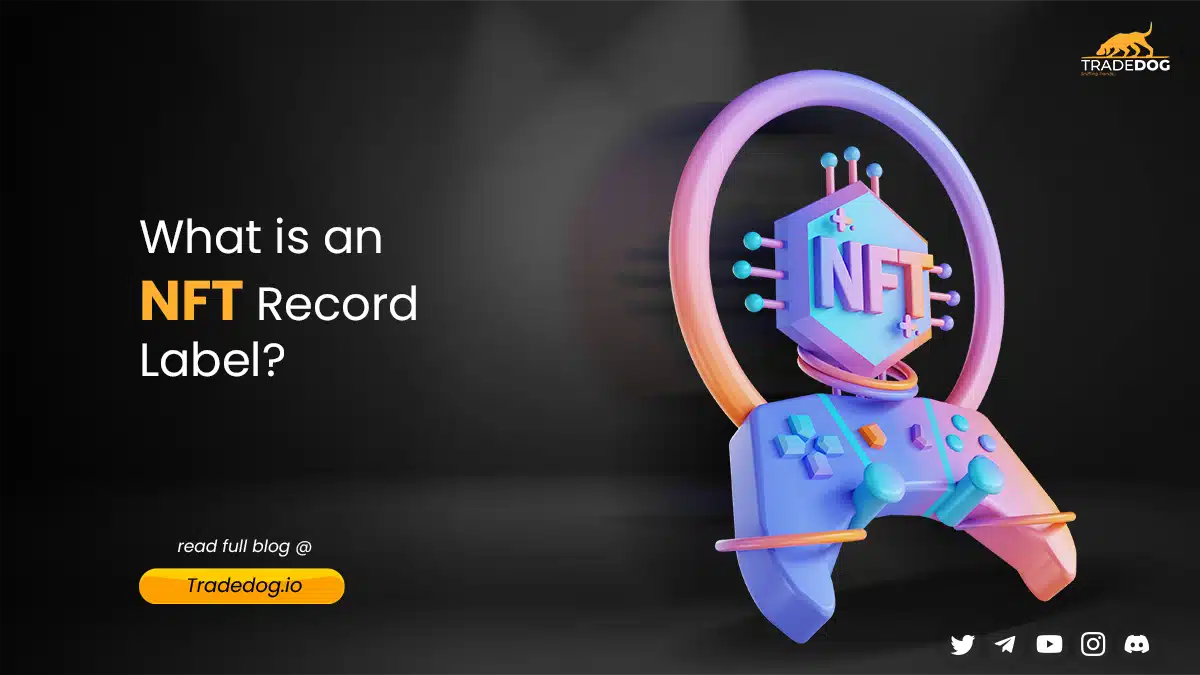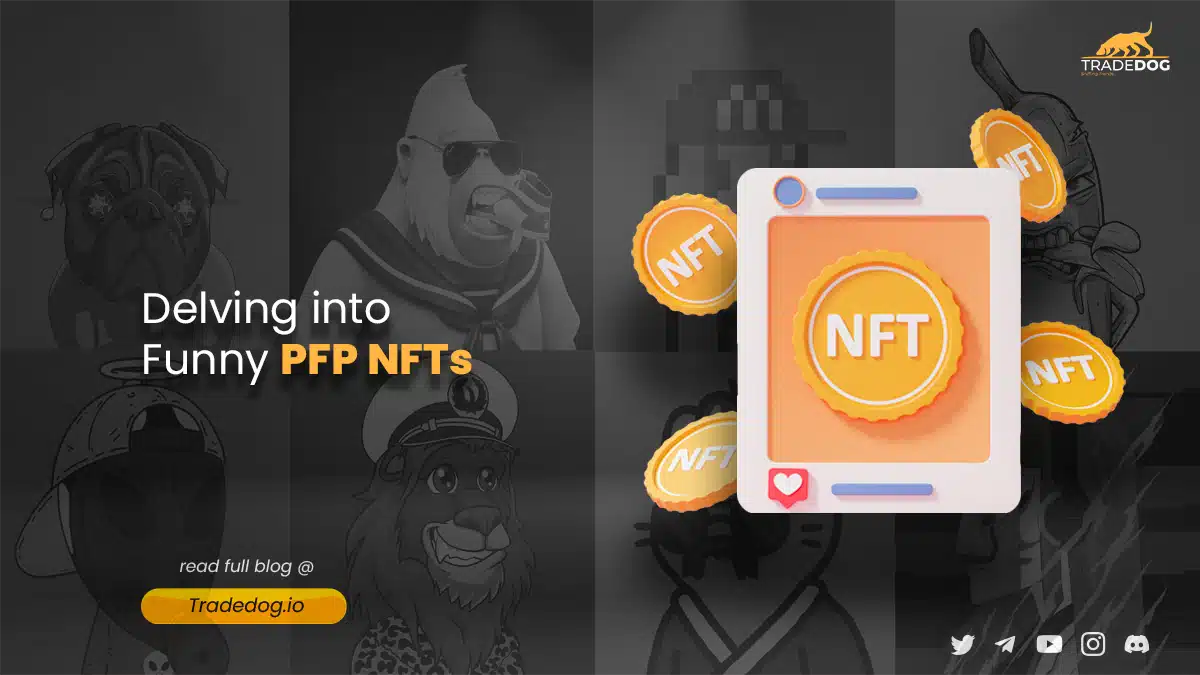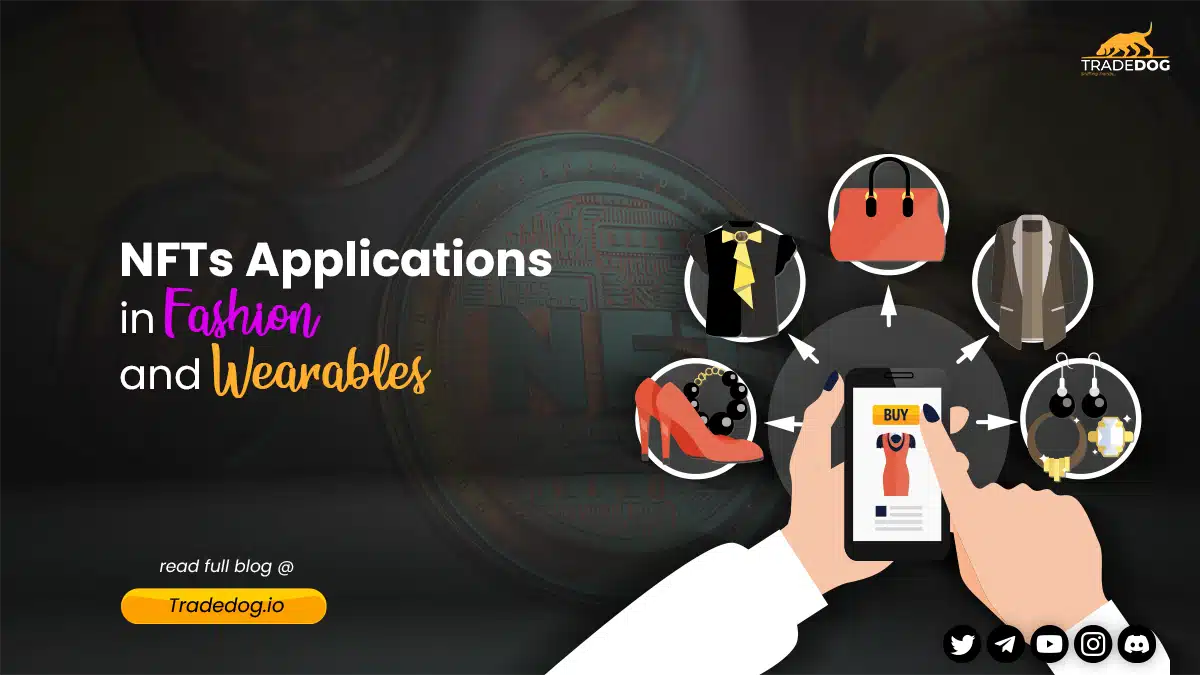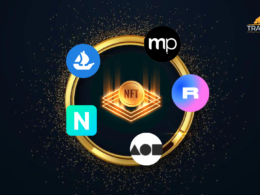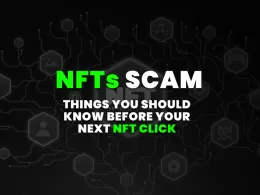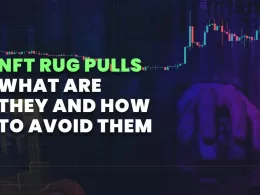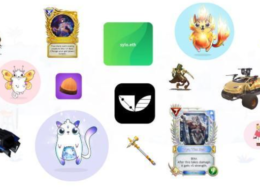Quick Links
xNFTs have garnered attention due to their innovative features and applications on the Solana blockchain. As the second most-used blockchain, Solana has gained widespread adoption in the DeFi and NFT markets thanks to its low fees and high transaction throughput of approximately 3,000 transactions per second. Developers at Coral have introduced xNFTs as a cutting-edge application on Solana, offering a new token standard that represents ownership rights through executable tokenized code.
Unlike traditional NFTs, xNFTs incorporate native web3 applications directly into their digital assets, eliminating users’ need to rely on third-party software or websites. This groundbreaking framework, powered by Solana‘s Backpack wallet and the Solana Mobile Stack (SMS), provides users with enhanced accessibility and security. With xNFTs, Solana is poised to revolutionize the landscape of decentralized applications, allowing for seamless in-wallet trading platforms, web3 social media experiences, and various other use cases.
Coral Community, supported by prominent crypto organizations, is at the forefront of developing xNFTs, Backpack, and CoralOS, further driving the growth of Solana’s ecosystem. The recent $20 million funding secured by Coral demonstrates the industry’s confidence in the potential of xNFTs and their impact on the web3 landscape.
What Are xNFTs?
xNFTs, or transferable non-fungible tokens, are a new type of digital asset designed to be more flexible and versatile than traditional non-fungible tokens (NFTs). While traditional NFTs are typically used to represent unique and individual assets, such as a one-of-a-kind piece of art or a rare collectible, xNFTs are designed to be transferable, meaning they can be easily bought, sold, and traded between different users and platforms.
Unlike traditional NFTs, which are typically locked to a specific blockchain or platform, xNFTs can be transferred between different blockchains and platforms, making them more versatile and adaptable to the changing landscape of the cryptocurrency world. This makes xNFTs a valuable asset for investors, creators, and collectors who want more control over their digital assets and can move them between different platforms.
History Behind xNFTs
The history of xNFTs can be traced back to the growing demand for more functionality and interactivity within NFTs. Traditional NFTs primarily focused on representing unique digital assets, such as artwork or collectibles, on a blockchain. However, developers and users sought ways to unlock the true potential of NFTs by integrating programmable features and applications directly into the tokens themselves.
In this context, developers at Coral recognized the need for a more advanced framework for NFTs and embarked on creating xNFTs on the Solana blockchain. The aim was to enable NFTs to go beyond simple representation and become platforms for operable web3 applications.
By incorporating executable tokenized code within the xNFTs, developers introduced a new level of functionality and interactivity. This breakthrough allowed users to access and utilize the assets represented by xNFTs without relying on external websites or software. Instead, users could seamlessly interact with the assets directly within the xNFT itself, providing a more intuitive and integrated user experience.
How Do xNFTs Work?
xNFTs work by using smart contracts to create a unique digital asset that can be easily transferred between different users and platforms. These smart contracts are built on top of blockchain technology, which provides a secure and transparent way to transfer digital assets without the need for a centralized intermediary.
Unlike traditional NFTs that are typically confined to a single blockchain, xNFTs possess the unique ability to be transferred and accessed across multiple blockchain networks. Cross-chain compatibility is made possible through the implementation of specialized protocols and technologies that facilitate the seamless transfer of xNFTs. These protocols act as intermediaries, establishing a bridge between different blockchains and enabling the secure movement of assets.
When a user creates an xNFT, they can specify the rules and conditions under which the asset can be transferred, including the price, the platform, and the conditions for the transfer. Once the asset is created, it can be easily bought, sold, or traded between different users and platforms, allowing for a more flexible and dynamic market for digital assets.
Another way that xNFTs work is through the use of fractional ownership. By dividing an NFT into smaller pieces, it becomes possible to create a market for fractional ownership of that NFT. This allows for greater liquidity and flexibility in the trading of NFTs, as well as the ability to create new investment opportunities.
The Difference Between xNFTs and NFTs
While xNFTs are a type of NFT, the two have some crucial differences. The primary difference is that xNFTs have additional functionality built into them through smart contracts. This allows for greater flexibility in their use and creates new opportunities for value creation. Let’s explore other differences:
Let’s explore the key differences between xNFTs and traditional NFTs:
Transferability
The primary distinction lies in transferability. While traditional NFTs are typically confined to a single blockchain network (e.g., Ethereum), xNFTs have the ability to be transferred and accessed across multiple blockchain networks. This cross-chain compatibility expands the reach and potential utility of xNFTs, allowing for interoperability between different platforms.
Interoperability
xNFTs are designed to overcome the limitations of NFTs by offering interoperability between various blockchain networks. This means that an xNFT created on one blockchain can be utilized and traded on another compatible blockchain seamlessly. In contrast, traditional NFTs are limited to the specific blockchain on which they were created, restricting their potential reach and interactions.
Mechanisms
xNFTs utilize specialized protocols, standards, and technologies to achieve cross-chain compatibility. These mechanisms can include atomic swaps, cross-chain bridges, interoperability standards, and middleware solutions. These enable xNFTs to move fluidly between different blockchains, fostering a more connected and flexible NFT ecosystem.
Access to Liquidity
By enabling cross-chain transferability, xNFTs offer increased access to liquidity. Traditional NFTs are often traded within a single blockchain’s ecosystem, limiting the potential market and liquidity pool. In contrast, xNFTs can tap into the liquidity and user base of multiple blockchain networks, providing greater opportunities for buying, selling, and trading xNFT assets.
Collaboration Opportunities
The interoperability of xNFTs opens up new possibilities for cross-chain collaborations. Projects on different blockchains can leverage xNFTs to collaborate, share assets, or create joint initiatives that span multiple platforms. This facilitates a more connected and collaborative ecosystem, enhancing innovation and creativity within the NFT space.
First Projects to Launch xNFTs
As xNFTs are a relatively new development in the world of blockchain technology, there are only a few projects that have launched xNFTs so far. However, these projects are already showing great promise and are likely to pave the way for more projects to come.
One of the first projects to launch xNFTs was NIFTEX, which is a platform that allows for the fractional ownership and trading of NFTs. Through the use of smart contracts, NIFTEX makes it possible for investors to buy and sell shares of an NFT, which creates a more liquid and flexible market for these assets.
Another project that has launched xNFTs is Aavegotchi, which is a game that combines NFTs with decentralized finance. Aavegotchi allows players to own and trade unique, gamified NFTs that can be used to earn rewards in the game. Through the use of xNFTs, Aavegotchi is able to create new opportunities for value creation and investment.
Other projects that are exploring the use of xNFTs include,Rarible, SuperRare, and OpenSea.
Backpack xNFTs are a revolutionary concept introduced by Coral on the Solana blockchain. They combine the power of executable Non-Fungible Tokens (xNFTs) with the functionality of the Backpack wallet, creating a unique and immersive user experience.
Backpack serves as an operating system for xNFTs, providing users with a comprehensive platform to manage their digital assets and access decentralized applications (dapps) directly within the wallet. It acts as a bridge between the user and the xNFTs, enabling seamless interaction and utilization of the assets represented by the xNFTs.
With Backpack xNFTs, users no longer need to rely on external websites or software to access and engage with their assets. Instead, the xNFTs themselves become the interface for the users’ digital experience. Users can perform a variety of actions, such as trading, staking, or engaging with dapps, without ever leaving the Backpack wallet environment.
By integrating native web3 applications and protocols directly into the xNFTs, Backpack enables a fully customizable and interactive experience. Users can access a wide range of functionalities and services within their xNFTs, ranging from trading platforms to social media channels and beyond.
The integration of xNFTs with Backpack brings several advantages. First, it enhances user security by eliminating the need to log in to external platforms and reducing the exposure to potential security risks. Users have full control over their assets and can perform actions securely within the Backpack environment.
Second, Backpack xNFTs offer a more intuitive and streamlined user experience. Users can seamlessly navigate between different applications and services within the wallet, making it easier to manage their assets and engage with the decentralized ecosystem.
Lastly, Backpack serves as a catalyst for the adoption and expansion of the Solana ecosystem. By providing a user-friendly interface and a comprehensive suite of features, Backpack encourages developers to create innovative xNFT-based applications, driving the growth of the Solana blockchain and its associated projects.
As the technology behind xNFTs continues to evolve and mature, it is likely that we will see more projects launching xNFTs and exploring new use cases for this exciting new development in the world of blockchain technology.
Conclusion
In conclusion, xNFTs represent the future of non-fungible tokens, offering enhanced transferability, interoperability, and functionality compared to traditional NFTs. By enabling cross-chain compatibility, xNFTs can be transferred and accessed across multiple blockchain networks, expanding their reach and utility. The incorporation of native web3 applications directly into xNFTs eliminates the need for external software or websites, providing users with a seamless and integrated experience. Projects like Coral’s Backpack xNFTs on the Solana blockchain exemplify the potential of xNFTs, revolutionizing decentralized applications and driving the growth of the NFT ecosystem. With industry support and increasing adoption, xNFTs are poised to shape the future of digital ownership and the web3 landscape.





